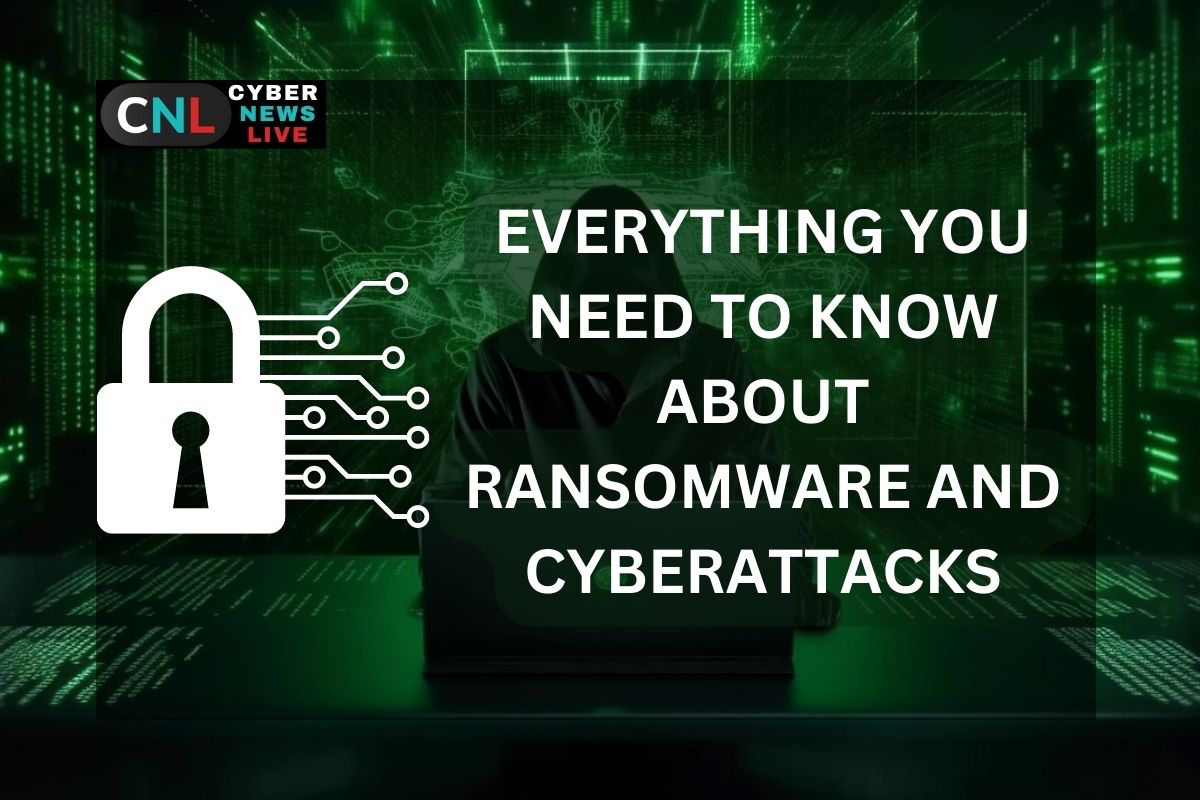
Everything You Need To Know About Ransomware And Cyberattacks
Ransomware assaults in following years of COVID-19 have revealed how increasingly at-risk companies are, regardless of size, maturity, industry, or country. The use of malicious software to encrypt and/or exfiltrate a target’s data and then demand payment under the threat of sharing it with the world or making it permanently inaccessible increased by nearly 150% in March of last year, with over 700 organizations experiencing a ransomware attack in the second quarter of 2021 alone.
Several headline-grabbing attacks have damaged not just the target organization, but also the physical security of people and crucial U.S. infrastructure. The most notable example was the May 2021 cyberattack on the United States’ major pipeline system for refined oil products, which prompted rapid government emergency legislation to keep fuel supply lines open and prevent mass panic purchasing.
Having said that, not all is lost. While most corporate risks cannot be avoided, they can be handled more effectively with real-time, actionable data.
Here’s what you need to know about everything from prevention to detection.
How Did We Get Here?
The first ransomware instance was reported in 1989. It was run offline on a floppy disc years before the Internet became widely used. The total cost is $567. The average ransomware compensation today is about quadruple what it was last year, with organizations paying around $850,000. Still, the cost to a damaged organization far outweighs whatever it pays out—in reputation, restoring operations, assets, and confidence.
The introduction of Bitcoin and other cryptocurrencies—which, by design, allow for the transmission and receipt of payments without the intervention of any government or banking institution—has spurred the rapid growth of ransomware assaults in this new decade. Due to the complexity involved in tracking these payments across borders and wallets, hackers nearly always demand payment in cryptocurrency.
Various governments have attempted to restrict anonymous cryptocurrency trading using KYC (know-your-customer) legislation, but the nature of a decentralized currency makes these rules impossible to implement. Because it appears doubtful that governments will outright outlaw the usage of cryptocurrencies, it appears that Bitcoin’s role in allowing ransomware assaults is here to stay.
Furthermore, attacks are not carried out by a lone, angry black hat. They are extremely managed by enterprises with organized and customizable business models, such as the increasingly popular Ransomware-as-a-Service (RaaS). RaaS, like Software-as-a-Service (SaaS), allows attackers to leverage and scale proven tools.
This has allowed new companies to enter the market and increased the level of risk that corporate leaders must face. These RaaS customers are drawn in by the various “PR-styled” dark web domains that name victims, offer data samples to show the accuracy of assaults, and serve as dumping grounds for stolen data from ransomed organizations who chose not to pay.
Ultimately, most organizations pay the ransom, despite the fact that many experts say that doing so will just encourage cybercriminals and fund future assaults.
What Are Governments Doing About It?
Amid reports that corporations targeted by cybercriminals hold some responsibility for the assaults, there is a growing clamor for cybersecurity standards and legislation around the world. Governments, on the other hand, are prime targets for ransomware assaults.
The Ransomware Payments Bill 2021, which compels organizations to notify the Australian Cyber Security Centre (ACSC) of potential ransomware payments to cyber criminals, was proposed in Australia’s House of Representatives in June. The US Treasury Department said in May that any transfer of $10,000 or more must be disclosed to the IRS. Furthermore, the White House continues to urge corporate leaders to examine their cyber-physical security posture, strengthen their defenses against ransomware attacks, and implement effective recovery plans.
Forward-thinking organizations have already begun integrating their cyber and physical security operations, significantly boosting their ability to detect and combat convergent threats.
What Business Leaders Need To Consider
Businesses must choose between paying ransoms and perhaps fueling new attacks or coping with the impact of data loss, especially if attempts to recover failed.
Measure your defenses, patch in the gaps, and arm your cyber-physical security teams with efficient ransomware detection and prevention solutions before you get to this position. These solutions must rely on a diverse set of public data sources, such as the surface, deep, and black web, as well as cyber threat intelligence feeds, worldwide social media platforms, news sites, and IoT sensors. As a result, organizations will get environmental knowledge and an effective early warning system. Furthermore, systems that provide optimal communication and access to real-time, actionable information across the cyber-physical security and leading operations teams will benefit from lowering the chance and severity of a ransomware attack.
As cyber-physical risks increase and vary, no organization is safe from an attack. The best way forward is to raise your leadership and security organization’s awareness of and capacity to respond to emerging dangers.
Enterprises that receive early indications of cyber-physical dangers and vulnerabilities can, at the very least, quickly position risk response plans to defend their organizations, external stakeholders, and bottom lines. Investing in technology that minimizes noise so that important risks may be addressed more quickly is critical, as is democratizing that information to enable highly coordinated responses.
While ransomware isn’t going away, organizations may use a number of business process improvements and technical solutions to successfully limit the risk of an attack and preserve their valuable assets.

